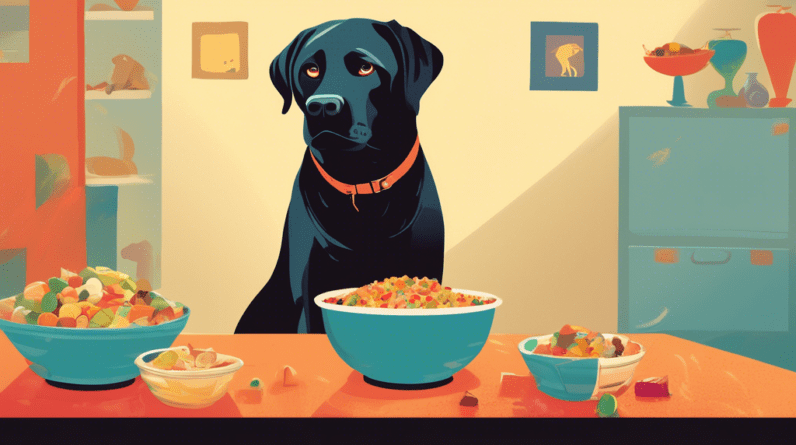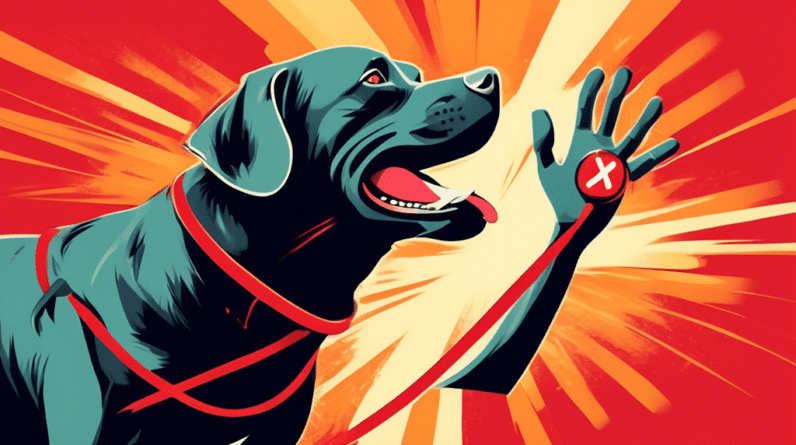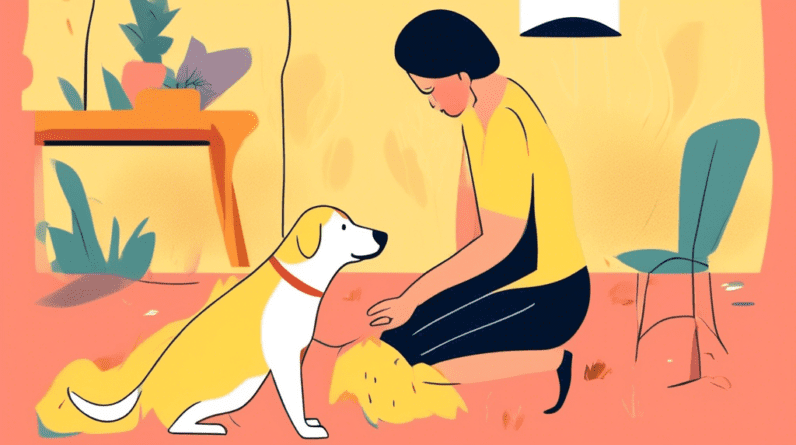
Why Are Labradors So Friendly? Unpacking Their Social Superpowers
Bred to Be Besties: A History of Labrador Retrievers
The unwavering friendliness of Labrador Retrievers isn’t an accident—it’s woven into the very fabric of their being. Originating in Newfoundland (not Labrador as their name suggests!), these dogs were bred as fisherman’s companions, adept at hauling nets, retrieving fish, and generally being helpful and amiable members of the working waterfront.
This history of collaboration instilled in them a deep-seated love for human interaction. Unlike guarding breeds developed for territorial defense, Labradors were bred for cooperation and companionship. They thrived on working alongside their humans, and this innate drive to please is a cornerstone of their friendly nature.
Beyond Breeding: Unpacking the Science of Labrador Sociability
Genetics play a significant role in shaping a dog’s temperament, and Labradors possess a few genetic quirks that contribute to their sunny disposition.
1. The Power of Oxytocin: The Love Hormone
Oxytocin, often referred to as the love hormone, plays a crucial role in bonding and social behavior. Studies have shown that Labradors release higher levels of oxytocin when interacting with their humans compared to other breeds. This surge of oxytocin strengthens the emotional bond between dog and owner, leading to increased trust, affection, and overall friendliness.
2. The Dopamine Connection: Hardwired for Happiness
Dopamine, the neurotransmitter associated with pleasure and reward, is another key player in the Labrador’s affable nature. Activities like petting, playing, and even eye contact trigger dopamine release in a Labrador’s brain, creating positive associations with human interaction. This reward system reinforces friendly behavior, making them eager to engage with people and seek out social interaction.
Social Butterflies: Labrador Traits That Amplify Their Friendliness
Beyond their genetic predisposition, several inherent Labrador traits magnify their friendly nature:
1. Eager to Please: The Labrador’s Driving Force
Labradors possess a powerful desire to please their humans, a trait deeply rooted in their history as working dogs. This eagerness translates into a dog that is highly trainable, eager to follow commands, and always looking for ways to earn your affection. Their drive to please contributes significantly to their perception as friendly and approachable dogs.
2. Tail-Wagging Enthusiasm: Approaching the World with Joy
There’s a reason why a Labrador’s tail is often described as a lethal weapon. Their enthusiasm is infectious, and they greet most situations with a wagging tail and a happy-go-lucky attitude. This inherent exuberance disarms strangers and makes them seem approachable, contributing to their overall friendly reputation.
3. Social Butterflies: Masters of Communication
Labradors excel at reading and responding to human social cues. They are highly attuned to our body language, tone of voice, and facial expressions. This ability to understand and react appropriately to our emotions makes them incredibly empathetic companions and reinforces their perception as friendly and approachable dogs.
Nurturing the Friendly Fire: Raising a Well-Adjusted Labrador
While Labradors are naturally inclined towards friendliness, early socialization and positive reinforcement are essential for nurturing their inherent sociability.
1. Socialization is Key: Exposing Them to the World
Early and consistent socialization is crucial for raising a well-adjusted Labrador. Exposing them to a variety of people, dogs, and environments from a young age helps them develop confidence and appropriate social skills. Enroll them in puppy classes, take them to dog parks, and expose them to different sights, sounds, and experiences to foster their natural friendliness.
2. Positive Reinforcement: Rewarding Good Behavior
Labradors thrive on positive reinforcement. Reward their friendly behavior with praise, treats, and affection. Consistency is key—reinforce desired behaviors like greeting people politely, staying calm around other dogs, and responding appropriately to commands. This positive reinforcement strengthens their natural inclination towards friendliness.
3. Understanding Body Language: Decoding Canine Cues
While Labradors are generally adept at reading human body language, it’s equally important for owners to understand canine communication. Learn to recognize signs of stress, fear, or anxiety in your Labrador. This understanding allows you to advocate for your dog and avoid putting them in uncomfortable situations, ensuring their continued happiness and well-being.
Beyond the Stereotype: Embracing Individuality
While Labradors are generally known for their friendliness, it’s important to remember that every dog is an individual. Just like humans, they have unique personalities, quirks, and preferences. While genetics and upbringing play a significant role, some Labradors may be more independent or less outgoing than others.
Respecting their individual boundaries and providing a loving and supportive environment is crucial. Never force your Labrador to interact if they seem uncomfortable. By understanding and appreciating their unique personalities, we can ensure that our Labrador companions live happy, fulfilled, and tail-waggingly friendly lives.






